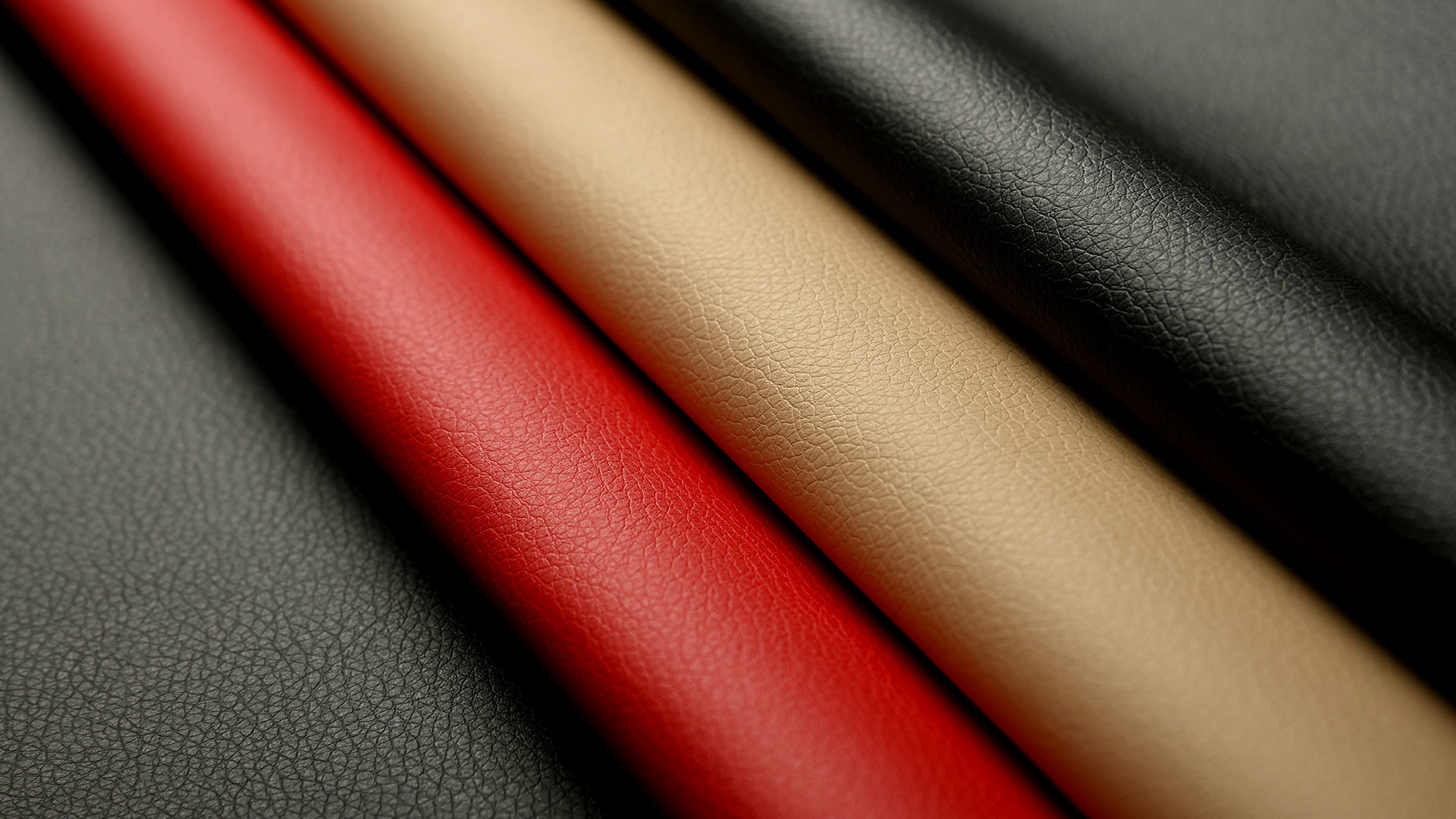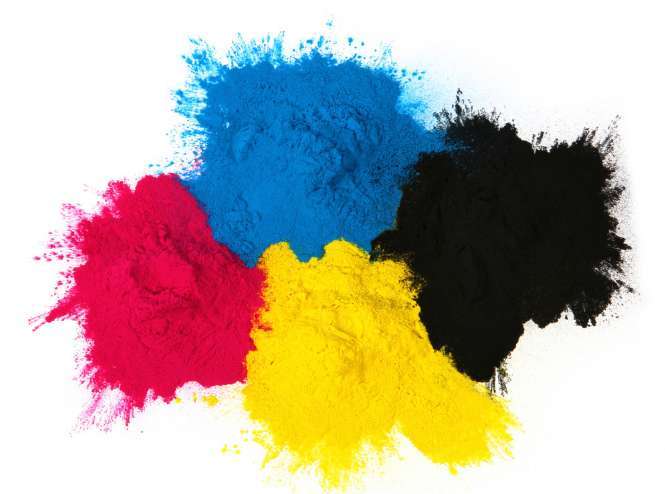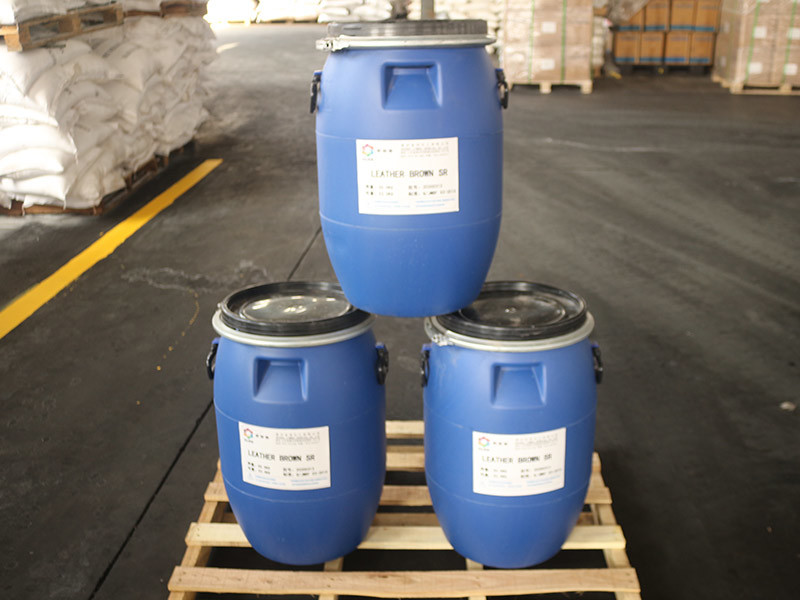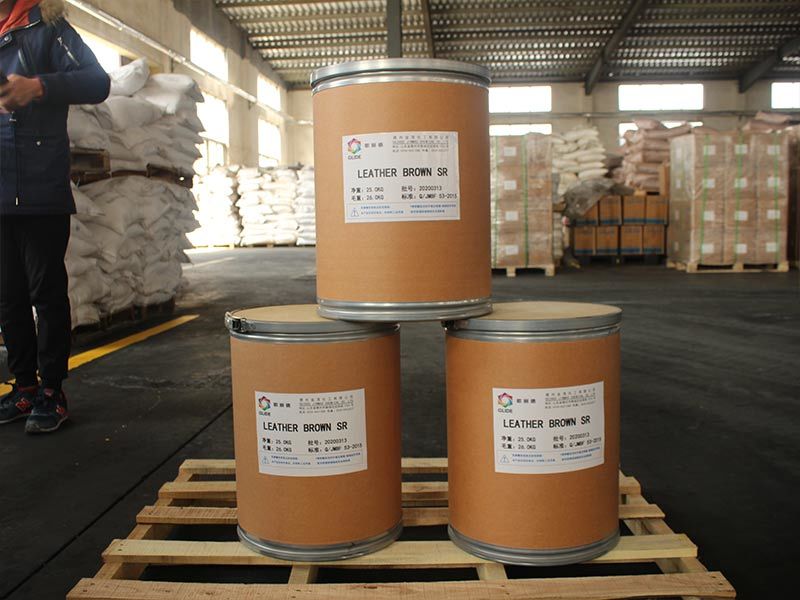Some common knowledge about leather dyes.
Leather dyeThe manufacturer believesCommonly used leather dyes are generally divided into two categories: water-soluble dyes(such as chromium-tanned dyes) and water-insoluble dyes. Common water-soluble dyes include cationic acid dyes, direct dyes, reactive dyes, cationic basic dyes, and sulfonated basic dyes, with acid dyes accounting for about 70%.

Leather dyeThe manufacturer believesCurrently, most dyes used in the leather industry are borrowed from the textile industry. However, due to the differences in leather fibers compared to general fabric fibers or other protein fibers, they carry strong charges, resulting in significant differences in dye affinity. Moreover, leather has a certain thickness, and the molecular sizes of various dyes differ, leading to varying permeability during dyeing. These factors pose challenges in color matching and dye mixing in leather dyeing, resulting in uneven dyeing or inaccurate shades. It is often difficult to achieve satisfactory results, and color fastness is also not ideal. This has promoted the development of dyes specifically for leather. A large number of leather-specific dyes have now emerged.
Leather dyeThe manufacturer believesStructurally, there are many types of dyes specifically for leather, encompassing almost all types of dyes, primarily azo dyes and metal complex dyes, with the latter developing faster in leather applications. During dyeing, several dyes of the same ionic type are mixed and added according to color and dyeing requirements. The dyeing of chromium-tanned leather is a complex physicochemical process, which can be divided into three basic stages: adsorption, penetration, and fixation. Among these, the adsorption speed is very fast, quickly reaching dynamic equilibrium, while penetration is slow. Fixation has a significant impact on penetration and dyeing effects. Therefore, during the dyeing process of chromium-tanned leather, the dye penetrates into the leather and fibers, and the combination of dye and leather fibers are the two main aspects that determine the dyeing effect. Generally, in the dyeing process, the initial control focuses on wetting, and after the wetting reaches the requirement, the conditions are changed to focus on binding.
Leather dyeThe manufacturer believesTie-dyeing and printing mainly involve surface dyeing, so dyes that are surface coloring, have strong covering power, and fast dyeing speed should be selected. The duration of dyeing, the amount of dye, and the temperature are determined through multiple experiments based on different patterns and dyes. During trough dyeing, it is essential to prevent the dye from falling off. When immersing in a vessel, it should be turned regularly. Generally, this can be completed within(30 ~ 60) min. After dyeing, formic acid or cationic auxiliaries can be used for fixation, followed by a second fat addition.
Leather dyeThe manufacturer believesDye manufacturing involves many chemical processes and production stages, and there are always certain impurities in dye products that affect dye strength. The higher the impurity content, the lower the dye strength. Therefore, when selecting dyes, it is required that the impurity content does not exceed the standard. The solubility of the dye is an important indicator of its use, especially in low-temperature dyeing, powder dyeing, and non-bath dyeing. Insoluble dyes can form spot-like stains on the grain or flesh side of the leather, and color shift can occur after dye mixing. However, if the solubility of the dye is too high, due to its hydrophilicity, it becomes difficult to dye, and when fixing with acid, it can lead to excessive coloring on the leather surface, resulting in floating color.
Latest developments







